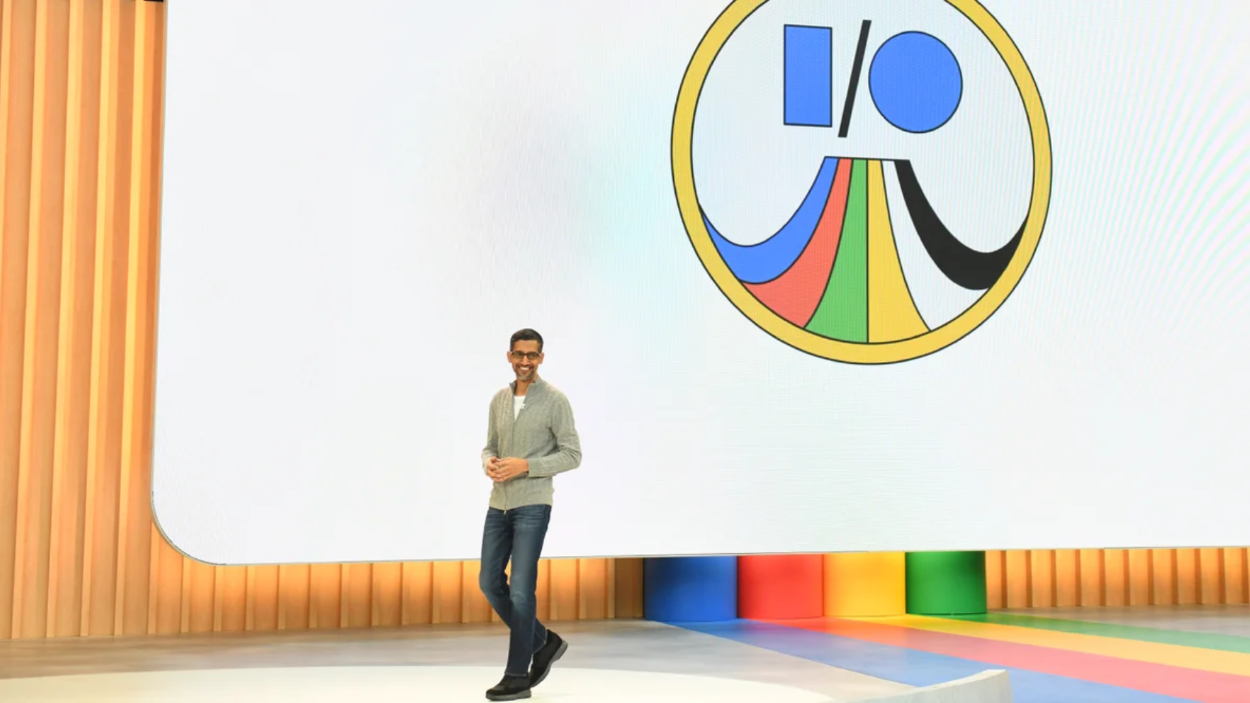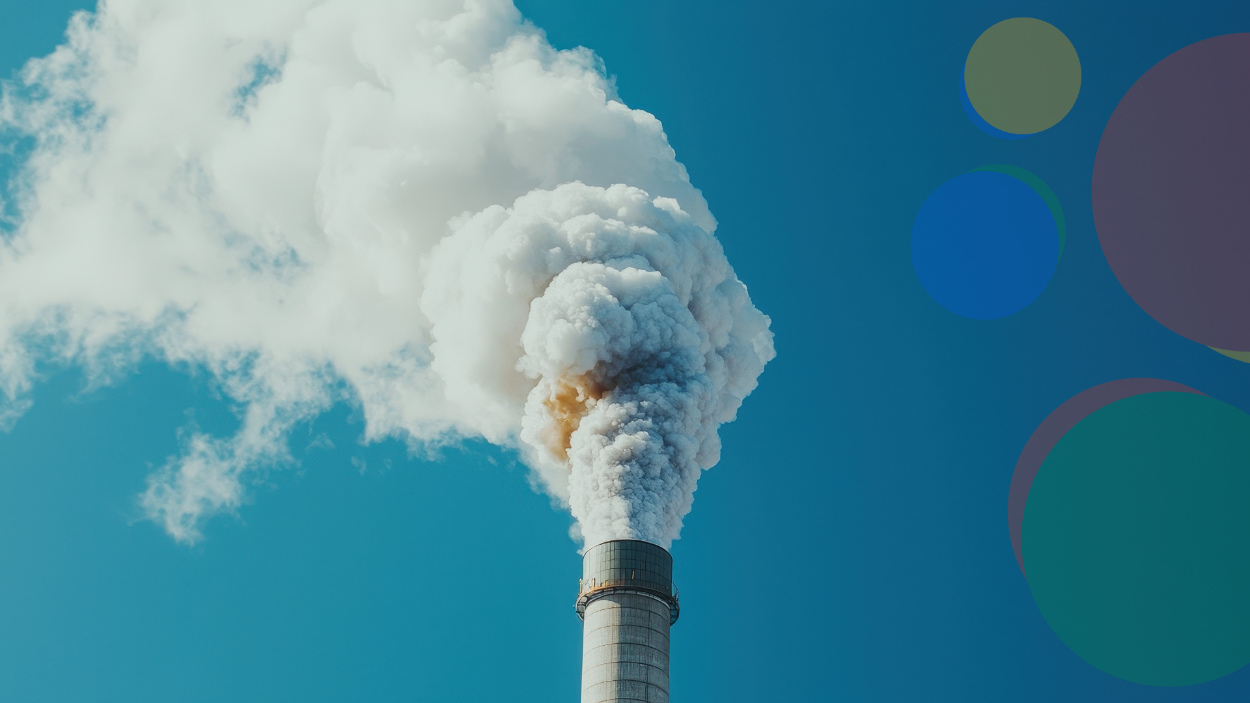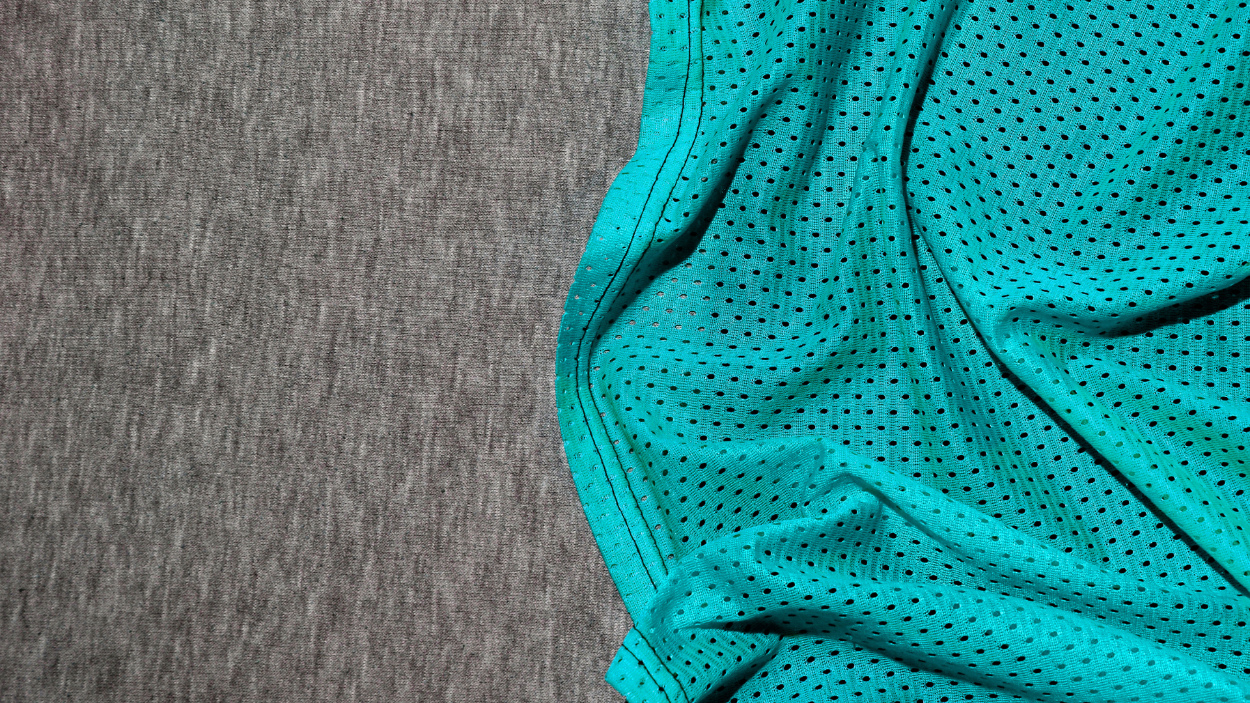Key Takeaways:
- UK-based startup Vsim has developed a multi-physics process simulation engine that allows for accurate, real-time simulations for the purpose of training robots and automated agents. This kind of world simulation could lead to optimisation in factories, warehouses, and logistics, enabling brands and their partners to potentially test and refine production methods, automate tasks, and work towards creating more efficient and eco-friendly supply chains.
- CEO of Google Sundar Pichai announced a $120 million Global AI Opportunity Fund for AI education and training. While Pichai emphasised the potential of AI to mitigate climate disasters and promote economic growth, the environmental impact of AI was not addressed, despite research indicating that AI training can have a substantial carbon footprint and disproportionately affect climate-vulnerable communities.
- The Changing Markets Foundation’s latest research has revealed that fashion brands are increasing their use of synthetic materials, to meet cost targets and consumer expectations for performance, rather than reducing it.
Vsim raises $21.5M for robotics simulation tech
Vsim, a UK startup based in The Interline’s hometown of Manchester, has secured $21.5 million from Stockholm-based EQT Ventures and a number of other backers.
As per their LinkedIn page, the company is a “multi-physics simulation research and deployment” that has created a simulation engine that delivers accurate and scalable physics-based simulations in real-time, and develops proprietary machine learning models for their partners to create and accelerate their simulations. Their tech is used by visual effects (VFX) and animation studios, and robotics teams among others.

Vsim was founded in 2023 by former software engineers at the $3 trillion chip company Nvidia, and their latest funding is set to value them at around £100 million (around $129 million). The Nvidia alums, Michelle Lu and Kier Storey, told TechCrunch that they are initially targeting opportunities in robotics training, where simulation has the potential to help massively accelerate testing and refinement. The two previously worked at Nvidia for over a decade, during which time they worked on the company’s PhysX and IsaacGym products. PhysX is an open-source physics engine used by Nvidia for software and gaming projects.
The company recently announced that they have “expanded their simulation platform (Vsim) to include features like RGB and depth cameras, sensors, animation system etc.” Their ray-tracing camera system is specifically designed to accelerate vision-based learning by rendering massive numbers of views at up to 1m frames per second using a single RTX 4090 graphics card. They also mentioned building a reinforcement training framework, Vlearn, that leverages Vsim to deliver order of magnitude training performance boosts compared with existing solutions. And lastly, they are also working on a robotic platform (Vlab) on top of their simulation platform and Unreal Engine 5. Their robotic platform will provide authoring capabilities for applications to set up environments and robots, and run simulation and inference.

As with other industries, there is also an opportunity for fashion here. But important to note is that Vsim is process simulation for robotics. This is different from the simulation of fabrics and bodies that 3D design, simulation, and visualisation tools deal in. These offer designers ways to quickly explore and visualise new designs, and cut prototyping time compared to traditional methods, but haven’t crossed into extended simulation of worlds and environments. Accurate physics measurements enable 3D garment fitting before physical samples are made, reducing waste, production times, and resource consumption.
Fashion may get the biggest benefit from Vsim in that it promises to accelerate the delivery of simulation-based training for applications where robots are either being trialled, piloted, or where their benefits are being evaluated, and to customise frameworks to meet different needs across various activities. The company achieves this by generating high-quality simulations in just minutes, rather than the typical days, without sacrificing precision.

Given the company’s strong focus on robotics, this is where fashion could stand to see advancements in efficiency and performance. While robots have long played a role in the fashion industry, what Vsim is building seemingly goes beyond today’s simulation tools that are built for static, controlled settings.
Instead, their technology is preparing robotics systems to function and make real-time decisions in dynamic, unpredictable environments – like in fashion’s factories, warehouses, and logistics settings. Brands and their manufacturers could virtually model and test various production processes, identifying potential bottlenecks or inefficiencies before implementing changes in real-time. Robots could then automate repetitive tasks like fabric cutting, sewing, and quality control – reducing labour costs and minimising human error. The end result could be helping brands and retailers strike the right balance in prioritising workers’ safety, while creating a highly efficient, agile, and more eco-friendly supply chain.
Google launches $120 million global fund to develop AI education
This week, Google and Alphabet CEO Sundar Pichai delivered a keynote speech at the 79th United Nations General Assembly’s (UNGA) “Summit of the Future.” Here, Pichai announced a $120 million Global AI Opportunity Fund to expand AI education and training, with a focus on local languages and partnerships with nonprofits and NGOs.

During his speech, Pichai shared a personal story about growing up in Chennai, India, where the introduction of new technology had a profound impact on his life. This experience inspired him to pursue a career at Google, centred around making technology universally accessible and useful. Pichai emphasised that Google has been investing in AI research, tools, and infrastructure for the past two decades because AI is the most powerful way to advance key sustainable development goals and improve people’s lives. (These are some bold claims, but certainly nothing out of type for Valley executives who believe AI is a transformative social force.)
Of the four ways Pichai explained that Google and AI, together, would help humanity, the two most relevant for fashion are by mitigating climate disaster, and contributing to economic progress. Regarding the first, Google’s Flood Hub system provides early warnings up to seven days in advance – something that is particularly relevant in fashion’s manufacturing hubs like Bangladesh, Cambodia, Pakistan, and Vietnam. And when it comes to economic growth, Pichai emphasised that Google’s AI offerings support entrepreneurs and small businesses – especially in emerging markets – by improving connectivity and streaming logistics.
Pichai was also careful to acknowledge that AI poses risks of misapplication and misuse, like the creation of deep fakes. Noticeably missing though? The impact of AI on the environment.

In a 2020 piece featured in Nature Machine Intelligence entitled “The carbon impact of artificial intelligence” AI is presented as destined to play a dual role in the world’s evolving climate crisis. On the one hand, it can help reduce the effects of the climate crisis, such as in smart grid design, developing low-emission infrastructure, and modelling climate change predictions. On the other hand, AI is itself a significant emitter of carbon.
This message gained broader recognition in 2019, when researchers at the University of Massachusetts Amherst evaluated various online natural language processing (NLP) training models to estimate their energy consumption in kilowatts. By translating this energy usage into carbon emissions and electricity costs, the authors found that training a single large language model generates approximately 300,000 kg of carbon dioxide emissions – equivalent to about 125 round-trip flights between New York and Beijing.

And more recently, “The Uneven Distribution of AI’s Environmental Impacts” highlights the growing inequality regarding AI’s environmental impacts across different regions and communities. Often, the negative effects of AI disproportionately affect communities that are already vulnerable to environmental harm. For example, while Google powered its data centre in Finland with 97% carbon-free energy in 2022, its facilities in Asia only achieved carbon-free energy levels between 4% and 18%.
This could be partly why Google has taken the narrative into their own hands – looking super legit with the backing of the United Nations. While Google’s wielding of AI may involve toeing the fine line between benefiting society and causing harm, one can only hope for a trend more toward beneficial contributions.
New report finds fashion brands are resisting change and fuelling microplastic pollution
Major fashion brands are intensifying their reliance on synthetic fibres – a significant contributor to environmental damage – while using distraction and delay strategies to safeguard fast fashion business models. This is one of the alarming messages from a report published this week by nonprofit Changing Markets Foundation.

The report explains that the affordability and versatility of synthetic fibres (especially polyester which is half the price per kilogram compared to cotton) have allowed brands to flood the market with inexpensive clothing, perpetuating the fast fashion cycle of consumption and disposal. But this reliance on synthetics comes at a massive environmental price, exacerbating waste and plastic pollution while keeping the industry linked to fossil fuels. Polyester, the most prevalent synthetic fibre in fashion, has the largest climate impact, contributing to 125 million tonnes of CO2e emissions in 2022 alone.
The Foundation’s questionnaire to the 50 global fashion brands and retailers that agreed to take part requested disclosure on several topics, including: the use of synthetic fibres; commitments to phase out synthetic fibres; policies to address microfibre release; and company position on elements of the legislation proposed in the EU Textiles Strategy and the global plastic pollution treaty.

Regrettably, the findings showed that, despite mounting evidence of the environmental and health hazards, brands are increasingly depending on synthetic fibres, with many either escalating their usage or obscuring the extent of their reliance. The Foundation goes on to say that some are downplaying the severity of plastic pollution, distracting the public and regulators with misleading solutions, and deliberately hindering substantial progress in addressing issues like microplastic pollution.
According to the report, Zara owner Inditex uses a higher volume of synthetic fibre than any other brand studied, and its use of fossil fabrics grew by nearly a fifth since Changing Markets’ previous survey three years ago. Meanwhile, e-tailer Shein had the highest ratio of synthetic to natural fibres, with 82% of its material output made from fossil sources. 11 out of 23 companies that provided additional information to Changing Markets said they had increased their use of fossil fuel-based fabrics – mainly polyester. Just three out of the 50 companies said they reduced the use of these materials.

Nearly all (45 out of 50) companies remained in the lowest two categories: ‘trailing behind’, marked by limited transparency and a heavy or increasing reliance on synthetics, and the ‘red zone’, defined by minimal or no transparency. The 29 companies in the red zone included a mix of fast fashion, sports and luxury brands, department stores and companies – some of which tout their sustainability,
Companies are also concealing their true reliance on synthetic materials. More than half the companies (54%, 27 brands) failed to respond to the survey in part or full, compared to 44% in 2022 and 17% in 2021.
What is it going to take to drive real change? Changing Markets Foundation suggests that this will only happen when the fashion industry supports “meaningful legislation” that decouples the sector from its continued reliance on fossil fuels and generation of large volumes of plastic waste. This topic will be explored in full, along with much more, in The Interline’s upcoming Sustainability Report 2024, set to release next week.
